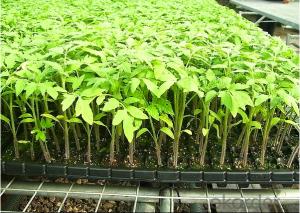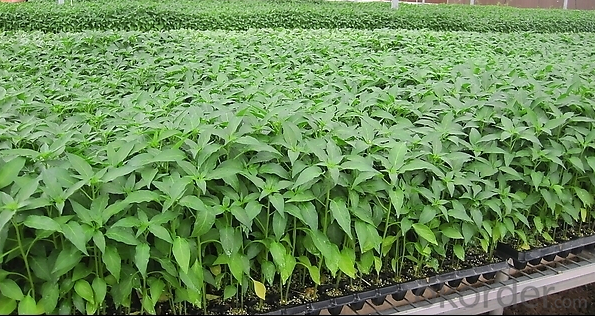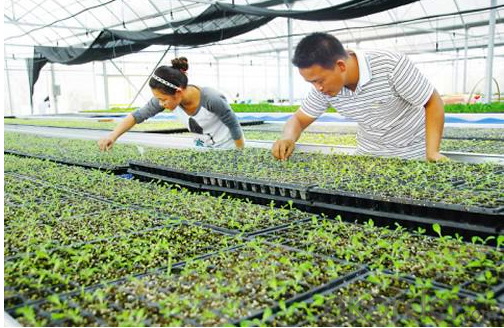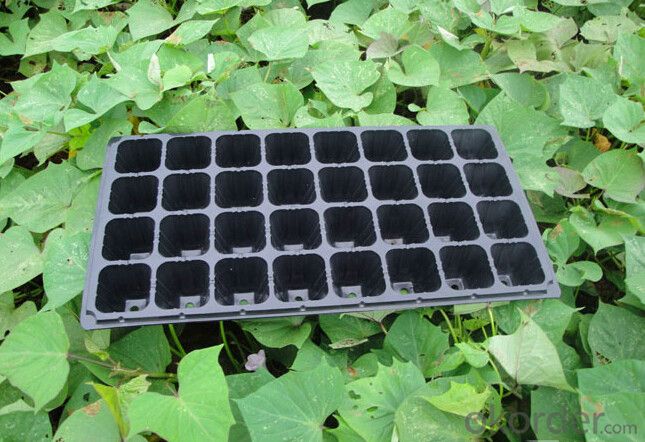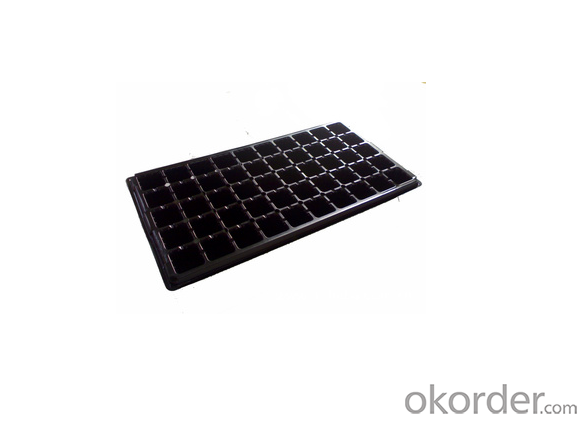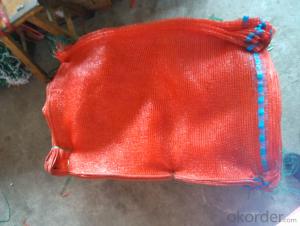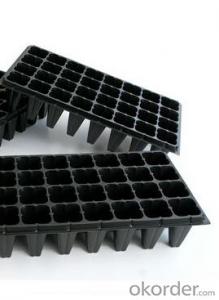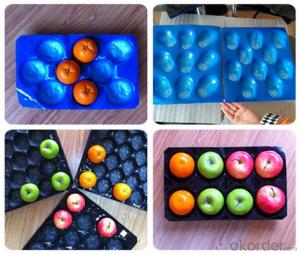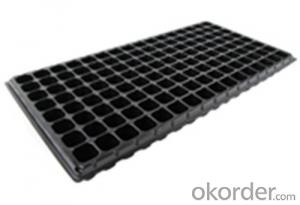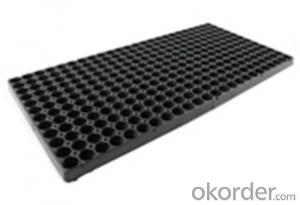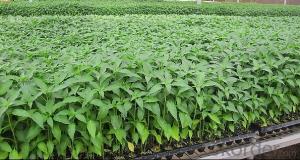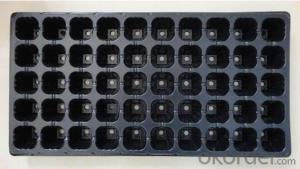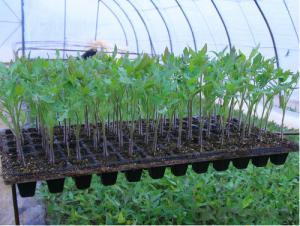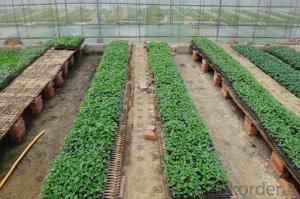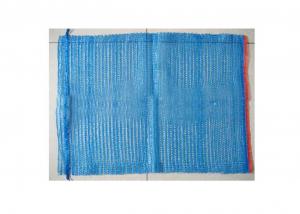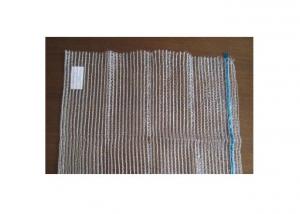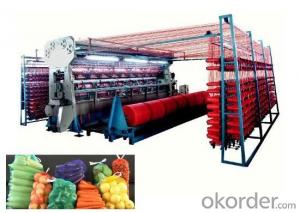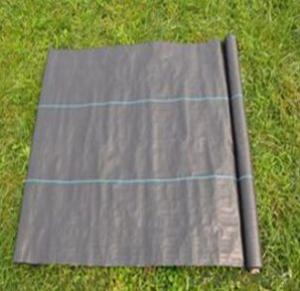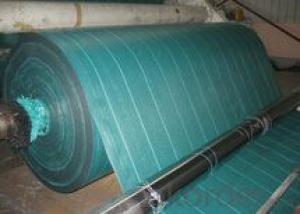Plug Trays (Growing and Seedling) Flat Tray Greenhouse Usage HIPS Made Plastic
- Loading Port:
- China main port
- Payment Terms:
- TT OR LC
- Min Order Qty:
- 3000 pc
- Supply Capability:
- 50000 pc/month
OKorder Service Pledge
OKorder Financial Service
You Might Also Like
Brief Introduction to CNBM:
CNBM International Corporation (CNBM International) is the most important trading platform of CNBM Group Corporation, a state-owned company under the direct supervision of State-owned Assets Supervision and Administration Commission of the State Council.
CNBM International is highly recognized by its business partners and clients all over the world and has obtained rapid development under the spirit of win-win. We will carry on the mutual beneficial, innovative and revolutionary trading structure as we did before, create value for our employees, share holders and clients and benefit the whole society in our future development.
Features of Plug Trays (Growing and Seedling) HIPS Made Plastic Plug Tray for Greenhouse:
· Material: HIPS
· Thickness: 0.5mm-1.5mm, Standard:1mm
· Weight: 80g(±5)g-230g(±5)g, Standard weight:155g(±5)g
· Size: length:490mm-540mm, width:190mm-345mm,depth:25mm-150mm
· Standard:540mmX280mm
· Cell count: 18-512
· Package: In Carton
· Warrenty: 8-10 times
Picture:

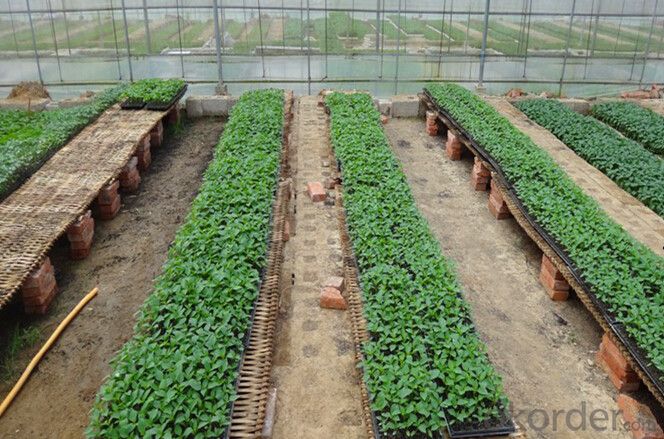
Specification of Plug Trays (Growing and Seedling) HIPS Made Plastic Plug Tray for Greenhouse:
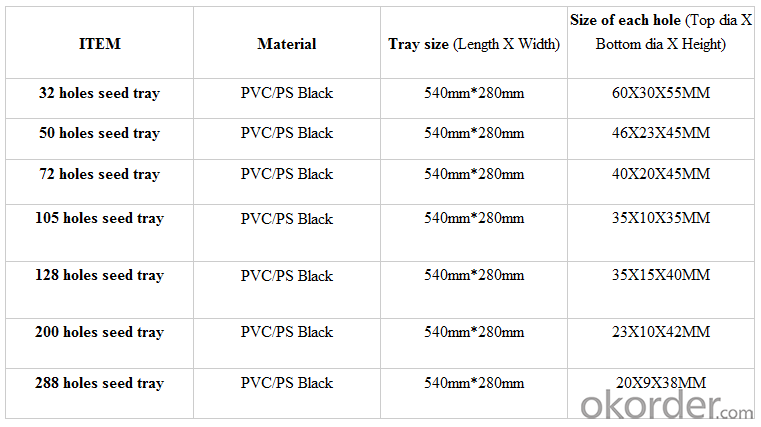
FAQ of Plug Trays (Growing and Seedling) HIPS Made Plastic Plug Tray for Greenhouse:
Q:1.How many times can the seed tray be used?
A: Under the same environment, it is decided by the thickness. Usually 0.6mm thickness can be used for 1 or 2 times.
1.0 thickness can be used for 3-4 times. 1.5 thickness can be used for 8-10 times.
Q: 2.How long is the production time?
A: Usually one to two weeks.
Q: 3.How is the seed tray being packaged?
A: They can be packaged in carton or pallets. Carton size is 1375px*725px*1250px.
- Q: Can nursery trays be used for starting groundcover seedlings?
- Yes, nursery trays can be used for starting groundcover seedlings. The trays provide a controlled and protected environment for the seeds to germinate and grow. They also allow for easy transplanting once the seedlings are ready to be moved to their permanent location.
- Q: How do agricultural plastic products help with temperature regulation?
- Agricultural plastic products, such as greenhouse films and mulch films, help with temperature regulation by providing insulation and controlling heat transfer. These products create a microclimate within the agricultural environment, trapping heat and preventing it from escaping. This helps to regulate temperature, keeping it warmer in colder climates and cooler in hotter climates. Additionally, plastic mulch films can help regulate soil temperature, preventing excessive heat or cold from affecting plant growth.
- Q: Are there any educational resources available on agricultural plastic products?
- Yes, there are several educational resources available on agricultural plastic products. These resources include online courses, webinars, research papers, and publications from agricultural organizations and universities. Additionally, agricultural extension services often provide educational materials and workshops on the use and management of plastic products in agriculture.
- Q: What are some ground cover options for slopes or hillsides?
- Some ground cover options for slopes or hillsides include creeping juniper, creeping phlox, vinca minor, pachysandra, and sedum. These plants are well-suited for slopes as they provide erosion control, help retain moisture, and require minimal maintenance.
- Q: i am doing a project on plastic bottles and was wondering what the advantages of recycling plastic bottles are and the disadvantages? and what is better for the environment plastic bottles or glass bottles and why?
- I've always heard that hairspray destroys are ozone layer. I'm no scientist but that's why we have Global warming(because the ozone layer is being destroyed). So if that statement is true then yes, hairspray still affects the environment. If it is, i think they should make a type that doesn't.
- Q: I asked why after I eat asparagus my pee smells like plastic. In response I found these chemicals cause the oder; (CH2=CHC(=O)SCH3) or (CH3SCH2CH2C(=O)SCH3). Are these compounds found in kinds of plastic?
- very confusing aspect. try searching onto the search engines. it will help!
- Q: How does ground cover affect the overall soil fertility of a garden?
- Ground cover can greatly impact the overall soil fertility of a garden. It helps prevent soil erosion, retains moisture, and suppresses weed growth. Additionally, certain ground covers like legumes can fix nitrogen in the soil, improving its fertility. Overall, a well-chosen and properly maintained ground cover can contribute to healthier and more productive soil in a garden.
- Q: Can nursery trays be used for both indoor and outdoor plants?
- Yes, nursery trays can be used for both indoor and outdoor plants. They provide a convenient and efficient way to start and nurture seedlings or young plants, whether they are intended for indoor or outdoor cultivation. The trays help in organizing and protecting the plants, allowing for easy transportation and maintenance.
- Q: How do you prevent ground cover plants from becoming invasive?
- There are several ways to prevent ground cover plants from becoming invasive. Firstly, it is important to choose native or well-behaved ground cover species that are less likely to spread aggressively. Regular monitoring and maintenance are crucial to prevent their spread. This includes regularly cutting back or pruning the plants to keep them in check and prevent them from taking over other areas. It is also important to avoid overwatering and over-fertilizing, as these can encourage rapid growth and spread. Additionally, creating physical barriers such as edging or using mulch can help contain the plants and prevent them from spreading beyond their designated area.
- Q: How do you prevent ground cover plants from becoming a fire hazard in dry climates?
- One effective way to prevent ground cover plants from becoming a fire hazard in dry climates is by implementing regular maintenance practices. These include removing dead or dry plant material, regularly watering the area to maintain moisture levels, and pruning plants to reduce their density. Additionally, creating a proper firebreak or clear space between the ground cover plants and flammable structures can help minimize the risk of fire spread.
Send your message to us
Plug Trays (Growing and Seedling) Flat Tray Greenhouse Usage HIPS Made Plastic
- Loading Port:
- China main port
- Payment Terms:
- TT OR LC
- Min Order Qty:
- 3000 pc
- Supply Capability:
- 50000 pc/month
OKorder Service Pledge
OKorder Financial Service
Similar products
Hot products
Hot Searches
Related keywords
